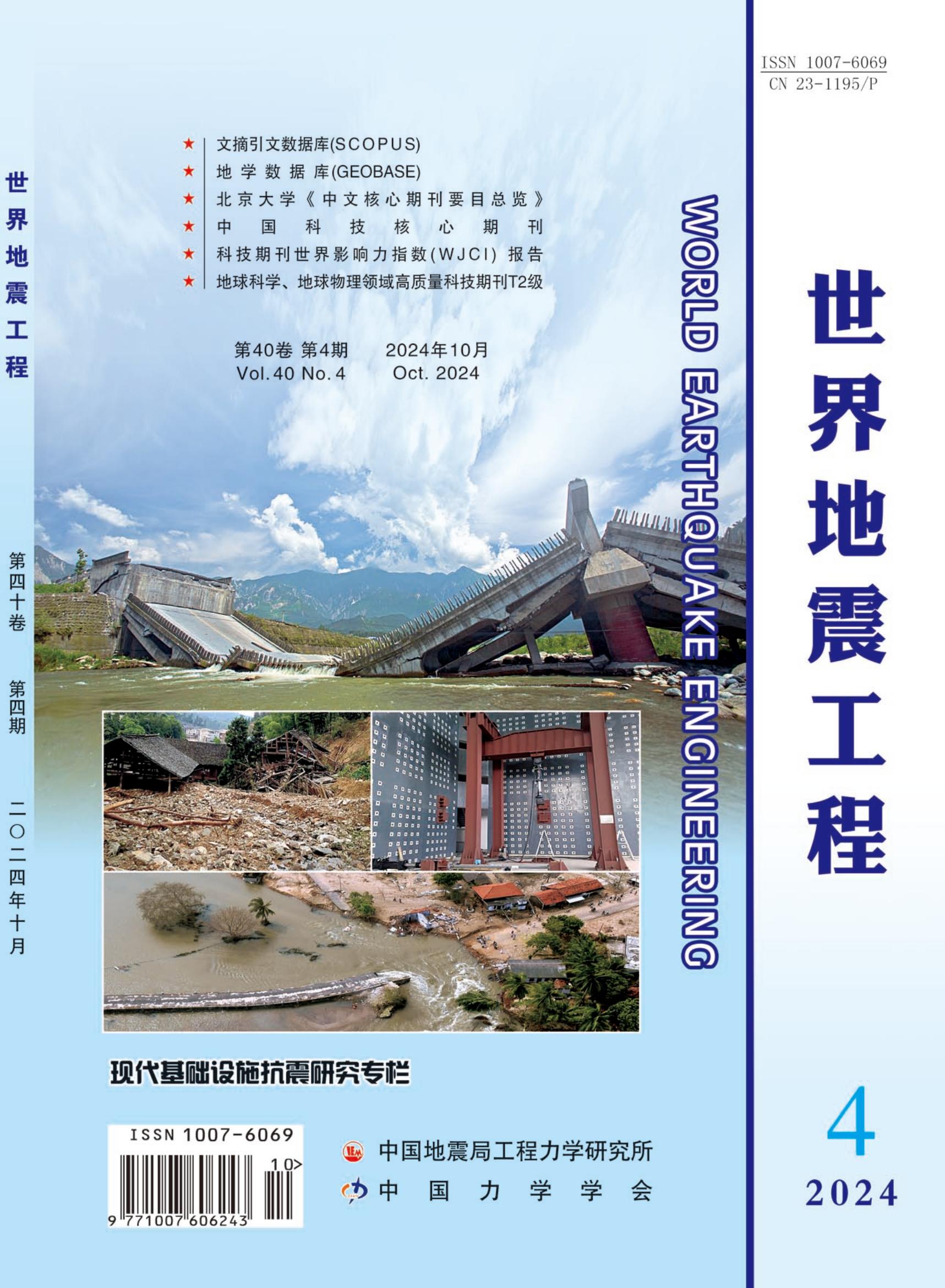多孔介质中陀螺微生物对Reiner - Philippoff纳米流体磁流体动力流动的数值研究
Q4 Earth and Planetary Sciences
引用次数: 0
摘要
纳米粒子促进了热传递的富集,这在许多工业和技术现象中是至关重要的。纳米颗粒与微生物的悬浮是与生物技术、健康科学和医学应用相关的另一个有趣的研究领域。在纳米颗粒的分散中,传统的非牛顿流体莱纳-菲利普波夫流流过拉伸片,这在本文中使用数值分析进行了检验。本文研究了MHD纳米流体流过拉伸薄片时的Arrhenius反应、热辐射和恶性变差的数值模拟。因此,对于当前的纳米流体,纳米颗粒和生物对流是至关重要的。利用必要的相似性转换,将一组非线性微分方程转化为常微分方程。利用MATLAB计算工具bvp4c方法对收集到的简单ODE进行求解。用热泳参数和布朗运动分别定义了流速、浓度、活动微生物和温度分布的图形结果。考虑一根装有回旋式微生物的管子和一股有规律的纳米流体,这种纳米流体是通过多孔的拉伸薄片表面导电的。采用四阶龙格-库塔与射击技术相结合的混合数值解法对该非线性微分问题进行了求解。优化方法在预测结果准确性方面也表现良好。因此,本研究采用贝叶斯正则化方法(BRM)来提高预测结果的准确性。根据温度、速度、浓度和微生物剖面趋势绘制了物理约束,并对它们进行了简要描述。本文章由计算机程序翻译,如有差异,请以英文原文为准。
Numerical Investigation of Magnetohydrodynamic Flow of Reiner– Philippoff Nanofluid with Gyrotactic Microorganism Using Porous Medium
Nanoparticles facilitate the enrichment of heat transmission, which is crucial in many industrial and technical phenomena. The suspension of nanoparticles with microbes is another intriguing study area that is pertinent to biotechnology, health sciences, and medicinal applications. In the dispersion of nanoparticles, the conventional non-Newtonian fluid Reiner-Philippoff flows across a stretching sheet, which is examined in this article using numerical analysis. This study investigates the numerical investigation of Arrhenius reaction, heat radiation, and vicious variation variations on a Reiner-Philippoff nanofluid of MHD flow through a stretched sheet. Thus, for the current nanofluid, nanoparticles and bio-convection are highly crucial. The set of nonlinear differential equations is translated into Ordinary Differential Equations (ODEs) utilizing the requisite translation of similarities. These collected simple ODE are solved using the MATLAB computational tool bvp4c method. The graphical results for the velocity, concentration, motile microorganisms, and temperature profile are defined using the thermophoresis parameter and the Brownian motion respectively. Consider a tube containing gyrotactic microbes and a regular flow of nanofluid which is electrically conducted through a porous stretched sheet surface. This nonlinear differential problem is solved by a hybrid numerical solution method using fourth-order Runge-Kutta with shooting technique. The optimization method also performs well in terms of predicting outcomes accurately. As a result, the research applies the Bayesian Regularization Method (BRM) to improve the accuracy of the prediction results. Physical constraints are plotted against temperature, velocity, concentration, and microorganism profile trends and they are briefly described.
求助全文
通过发布文献求助,成功后即可免费获取论文全文。
去求助
来源期刊

世界地震工程
Earth and Planetary Sciences-Geotechnical Engineering and Engineering Geology
CiteScore
0.80
自引率
0.00%
发文量
4131
期刊介绍:
World Earthquake Engineering was founded in 1985 and is now a quarterly journal. It is an academic journal in the field of earthquake engineering under the supervision of China Earthquake Administration (CEA), and co-sponsored by the Institute of Engineering Mechanics of China Earthquake Administration (IEMCA) and the Chinese Society of Mechanics (CSM). The journal aims to introduce the latest research results in the field of earthquake engineering at home and abroad, to promote international academic exchanges in the field of earthquake engineering, and to serve China's seismic prevention and anti-seismic work. China Association for Science and Technology (CAST) selected China's high-quality scientific and technological journals in different fields for its hierarchical catalogue, and the journal was selected as T2 level (internationally renowned journals) of earth science and geophysical journals. Outstanding journal for the implementation of the CAJ-CD Code in the implementation of the Chinese Academic Journals (CD-ROM Version) Retrieval and Evaluation Data Specification (CAJ-CD Code) in the evaluation of excellence activities; included in the cultivation bank of Heilongjiang Province's high-quality journal projects.
 求助内容:
求助内容: 应助结果提醒方式:
应助结果提醒方式:


